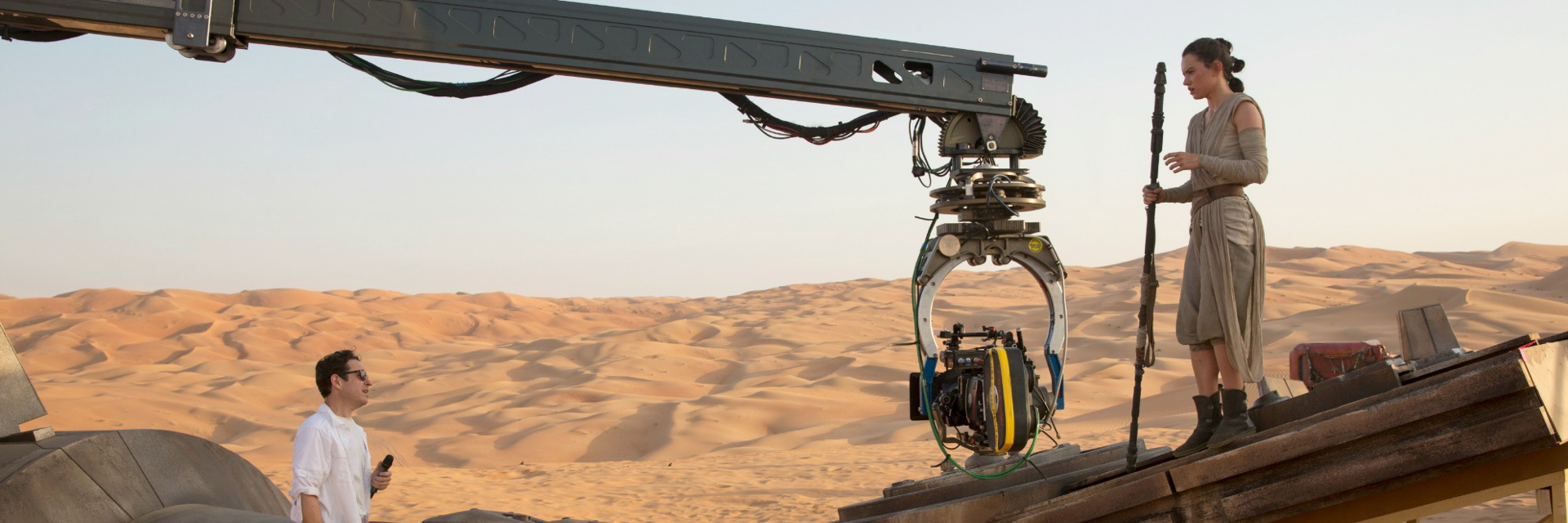“Titanic” and “Avatar” producer Jon Landau likes to say the approach he and director James Cameron take to 3D is to provide the audience a window into a world.
He provided his audience at the first 3D Gaming Summit Thursday morning with his own window into the world of 3D filmmaking during a keynote interview with show co-producer Bob Dowling. (Story continues below the following 4-minute video highlight of his comments.)
.
Landau described how he and Cameron first fell in love with 3D and how Cameron and Vince Pace began designing customized 3D cameras on a plane trip back from an underwater dive that would later be used for “Avatar.”
He also implored filmmakers and videogame developers to take on the work of preventing audience eye strain by keeping the two images converged on the primary focal point so that eyes are primarily focused on an image on the screen rather than trying to adjust to multiple images and those artificially floating behind or in front of the screen.
Landau also described the evolution of the approach to the Avatar videogame, which you can read at this site by clicking link in this sentence.
— By Scott Hettrick

With all due respect given to the marketing genius and also acknowledging the greatness in movies such as the Terminator, It has to be said that:
1) In 1995 no one challenged the purpose of an overly complex / expensive customized converge-on-focus 3D camera rig or the *logic* behind using this approach…. in 2009 you can
2) Converge on focus while being easy on the eyes to converge…(we always focus on the physical screen when watching a 3D movie, true)…also leads to other unwanted side effects that need to be corrected for in post – barrel / keystone distortion is one of them. There are more serious ones, for example the disconcerting effect of depth jumps and constant ping ponging of depth in a scene. Take off your glasses in any scene in Avatar where the humans are talking on the defence base to see this.
… in real life we do not jump 10 feet in front or 10 feet at the back to “focus” on a person talking. *THIS* is what is happening when they decide to converge-on-focus (of subject matter) to a person at the back of the room. VERY disconcerting.
3) It also leads to “Squashed” 3D and non-optimal use of 3D space. Almost as good as shooting 3D and then converting it later.
4) A “window to the world” has NOW been done to death in marketing just as previously “in your face” was done to death. I mean .. it’s a fantasy forest for goodness! Is there an invisible force field around that blocks those luminescent spores from floating into audience space in a cinema, AND being in focus? the Pandora world was made for eye-candy.. sadly its lost by restricting it inside the window.
The answer would have been to do a different cut or repositioning of stereo window for a DVD release if needed, but by all means use the huge audience space (wisely) in a theatrical release for more audience immersion!
I guess enough of a rant: here’s something that could help cinematographers:
http://realvision.ae/blog/2010/03/is-3d-a-tool-or-new-storytelling-medium-for-cinematographers/